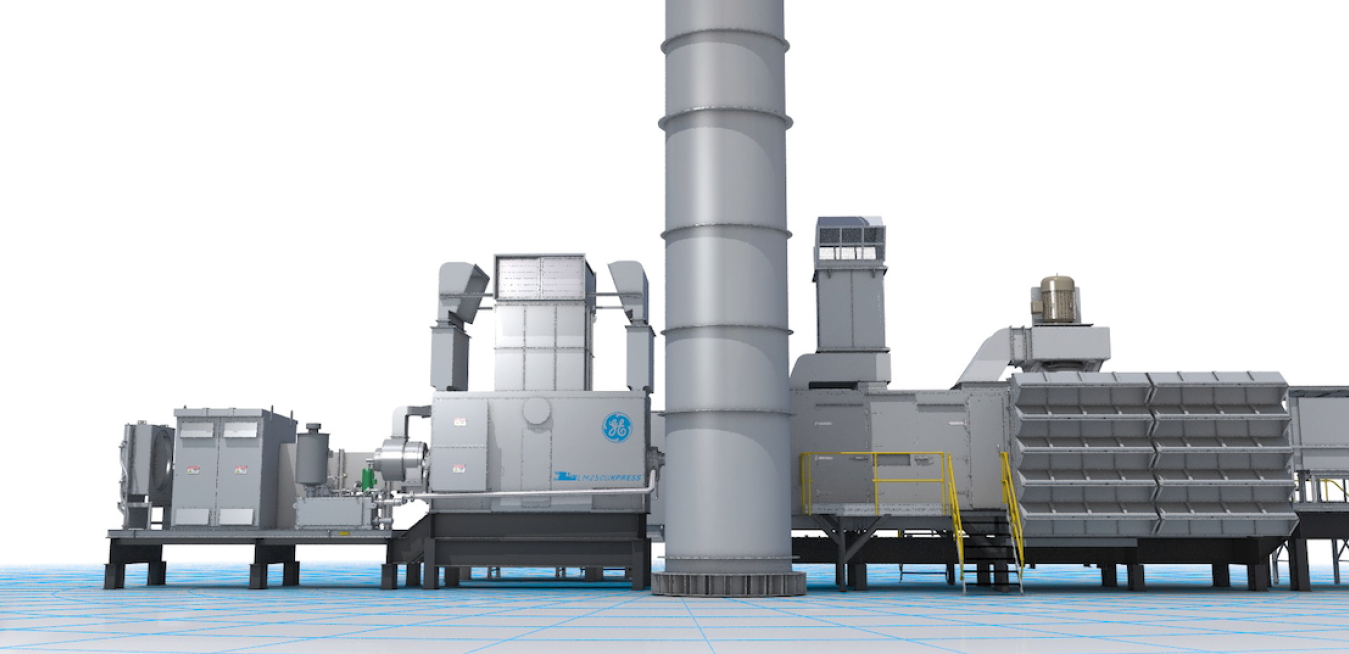Breaking up is hard to do. For communities determined to quickly adopt wind and solar, however, wriggling free from old coal-power providers is often the first step. That’s exactly what’s happened recently in Colorado, as the Federal Energy Regulatory Commission (FERC) last year granted electricity cooperative United Power’s wish to separate from Tri-State, a legacy generator.
One door closes, and another opens. Not far from one of Germany’s many retired nuclear power plants is a new kind of generator, never before seen on the country’s electricity grid. Opened in March, the 300-megawatt (MW) Biblis Grid Stability Power Plant has one job and one job only: to ensure stability in tense grid situations, when supply and demand are out of balance. In the energy system of the future, such flexible operating resources are important for secure grid operation.
Taiwan, like many entities around the world, has set a target of achieving net-zero emissions by 2050. To get there, it aims to reach a 25% share of renewables in its power mix by 2025, up from only 5.4% in 2021. This jump means Taiwan also needs to find a way to deal with the periodic pauses that come with wind and solar power. The wind can stop blowing and the sun can set or hide behind clouds just as demand for power grows.







